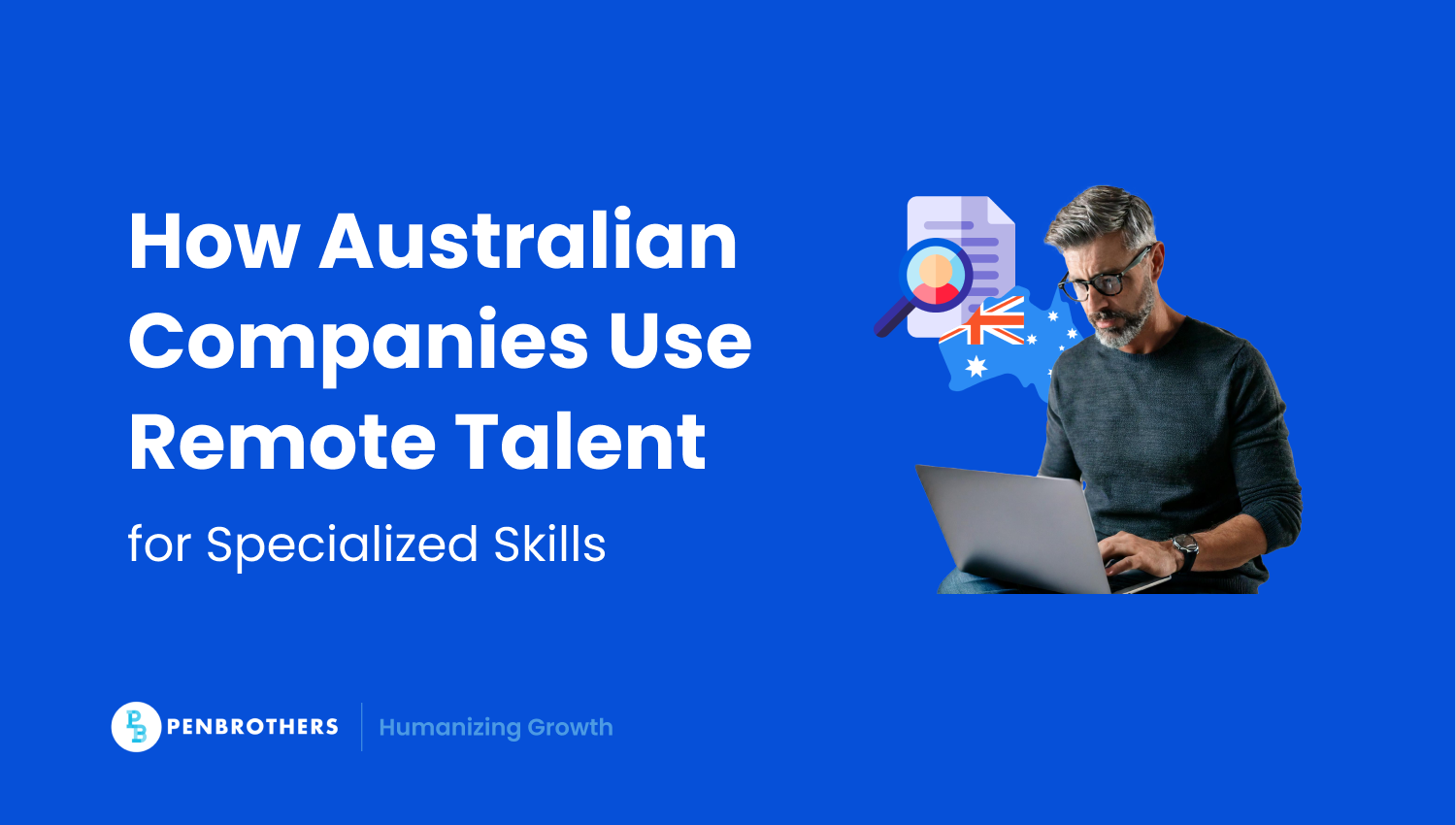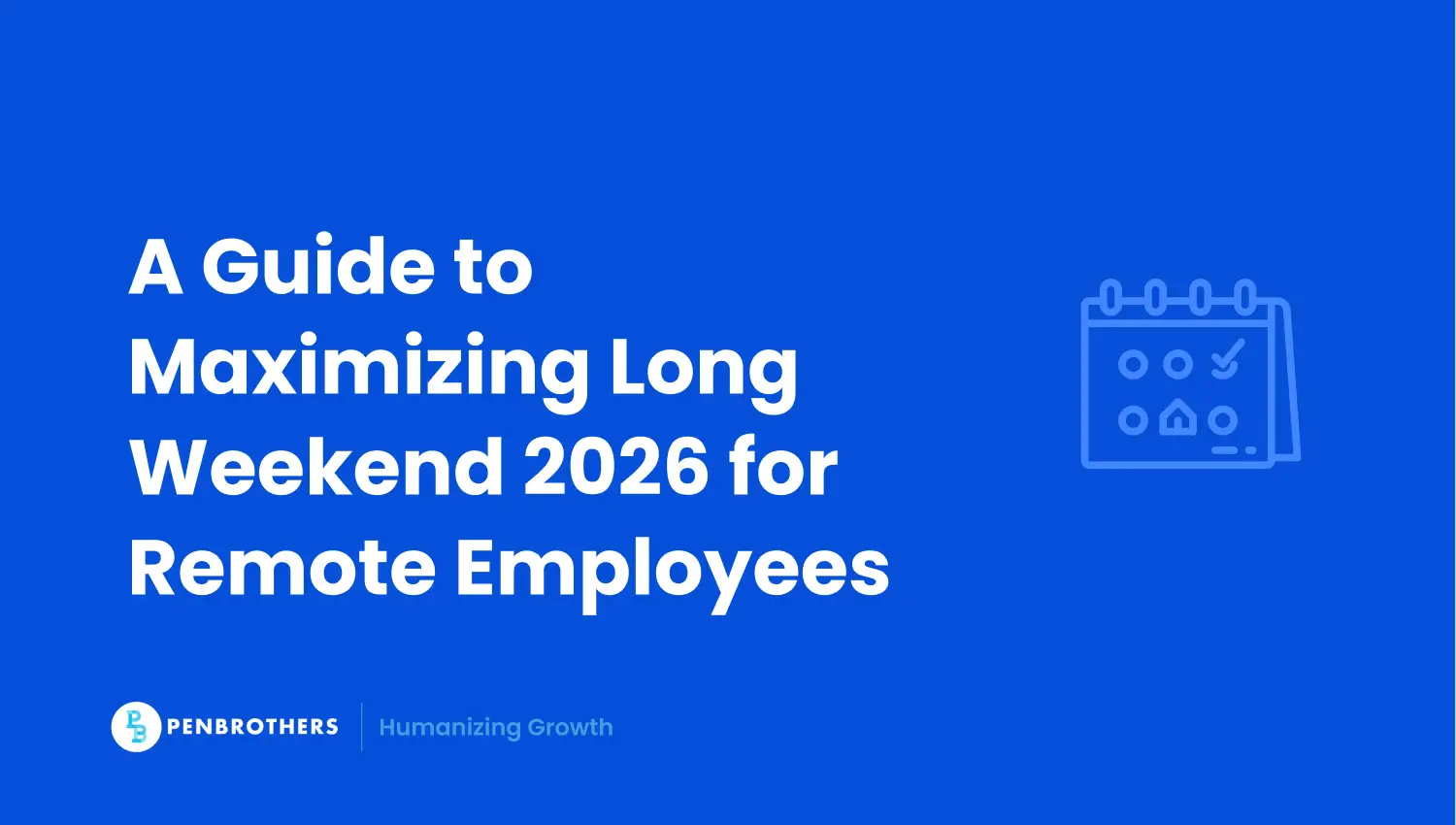What's Inside?
Why Deferred Income Should Factor Into Your Offshore Cost Savings Model

When companies look at offshoring, the pitch often starts and ends with salary arbitrage. A $6,000 role in the U.S. can be filled for $1,500 in the Philippines, so the math must make sense, right? But seasoned CFOs know that payroll numbers rarely tell the whole story. Hidden in every “low-cost” hire is a set of deferred income obligations: benefits, accrued leave, separation costs, and statutory liabilities.
These obligations don’t show up in the first payroll run. They accumulate quietly, surfacing months or years later as unbudgeted liabilities or compliance risks. Ignoring them may look like savings in the short term, but can cripple your model when they come due.
That’s why deferred income isn’t just a line item. It’s a lens through which true offshore cost savings must be evaluated.
What Deferred Income Really Means in Offshore Operations
Deferred income in offshoring isn’t about accounting gimmicks. It’s about future obligations tied to today’s hires. In the Philippines, every employee generates entitlements that legally (and financially) stack up over time: the 13th-month pay, service incentive leave, and government-mandated contributions to SSS, PhilHealth, and Pag-IBIG.
Contrast this with salary arbitrage: salaries are immediate, predictable, and easy to model. Deferred income, on the other hand, requires foresight and discipline. Many global companies miss it entirely because they benchmark offshore salaries in isolation without layering in statutory or contractual benefits.
The result: an incomplete model that underestimates actual labor costs by 15–25%.
The Hidden Costs CFOs Miss Without Deferred Income
Salary is only one piece of the total cost puzzle. Here’s what often goes unaccounted for:
- Accrued Benefits: 13th-month pay (a full month’s salary due annually), unused service incentive leave that must be cashed out, and retirement benefits for long-tenured employees.
- Statutory Liabilities: Employer shares in SSS, PhilHealth, and Pag-IBIG contributions are non-negotiable under Philippine law.
- Separation Costs: Employees who resign or are terminated are legally entitled to payouts for accrued leave and, in some cases, redundancy or retirement pay.
Scenario:
You hire an offshore employee at $1,000/month. Over 24 months, the direct salary is $24,000. But with benefits, accrued liabilities, and statutory costs, the real cost could easily hit $27,500–$28,000. If unmodeled, that’s a $3,500+ liability gap per employee, multiplied across a team of 50, that’s $175,000 in unplanned expense.
This is the kind of oversight that turns “savings” into margin erosion.
Deferred Income as a Risk Mitigation Tool
Deferred income is often treated as an accounting nuisance, but in practice it’s one of your strongest risk shields. Companies that fail to recognize it often face:
- Payroll disputes when employees demand unpaid leave conversions or 13th-month entitlements.
- Regulatory penalties during DOLE inspections or tax audits.
- Cash flow shocks occur when mass resignations or layoffs trigger simultaneous payouts.
One misclassified “freelancer” reclassified as an employee by DOLE can create years of back pay obligations, penalties, and interest. Deferred income accounting ensures these risks are recognized and budgeted for and not left as a compliance landmine.
The insight here: deferred income isn’t a cost drag; it’s insurance against reputational and financial damage.
Turning Deferred Income Into a Strategic Advantage
Handled correctly, deferred income is not just a liability. It becomes a strategic tool for CFOs.
- Forecasting: By spreading liabilities across the lifecycle of employment, you transform “surprise costs” into planned expenses.
- Retention: Benefits linked to deferred income, like 13th-month pay or leave encashment, reinforce employee loyalty and reduce turnover.
- Cash Flow Alignment: Smart companies sync benefit disbursements with revenue cycles, keeping working capital intact.
Think of deferred income as your offshore version of capital expenditure forecasting. It disciplines the business to see beyond payroll and into total cost of employment.
Why This Matters for Global Startups and SMEs
For large corporations, missing deferred income is painful. For startups and SMEs, it can be existential. Many founders and CFOs build their offshore model around “net pay” salaries, only to be blindsided later by compliance-driven costs.
If you’re scaling a remote team in the Philippines, ignoring deferred income means your model is fundamentally incomplete. Offshore teams aren’t freelancers. They’re regulated employees with entitlements, and your compliance with those entitlements determines whether your savings are sustainable or temporary.
How Penbrothers Helps You Build a Compliant Cost Savings Model
This is where a trusted partner changes the game. At Penbrothers, we don’t just help you hire offshore talent. We build a cost savings model anchored in compliance and foresight.
- We integrate deferred income obligations directly into payroll, so you see real costs, not just salary numbers.
- We track benefits and accruals in real-time, preventing disputes and reducing audit risks.
- We help CFOs model long-term savings accurately, aligning financial planning with labor law requirements.
Here, deferred income stops being a blind spot. It becomes part of a transparent, predictable framework for scaling your offshore teams.
Offshore Cost Savings Beyond Salary Arbitrage
True savings in offshoring are not about chasing the lowest salary. They’re about building a model that reflects the full financial reality of employment. Deferred income, the benefits and obligations owed to employees over time, is a critical part of that reality.
For CFOs and founders, the message is clear: factor deferred income into your offshore strategy, or risk seeing savings eroded when you least expect it.
With Penbrothers, you don’t have to choose between compliance and cost efficiency. You get both because real savings are sustainable savings.
*This article was crafted with the support of AI technology and refined by a human editor.





